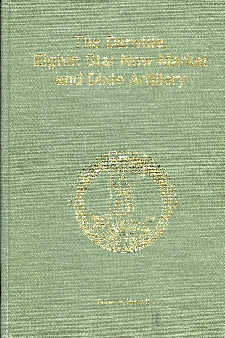 |
THE DANVILLE, EIGHT STAR NEW MARKET and DIXIE ARTILLERY by Robert H. Moore, II (Published by H. E. Howard, Inc., 1989) 110 pages including maps, photographs, rosters, and bibliography ISBN 0-930919-72-6 For pricing and availability contact: H.E. Howard, Inc. Rt. 2 Box 496H Appomattox, Virginia 24522 |
About the Book: